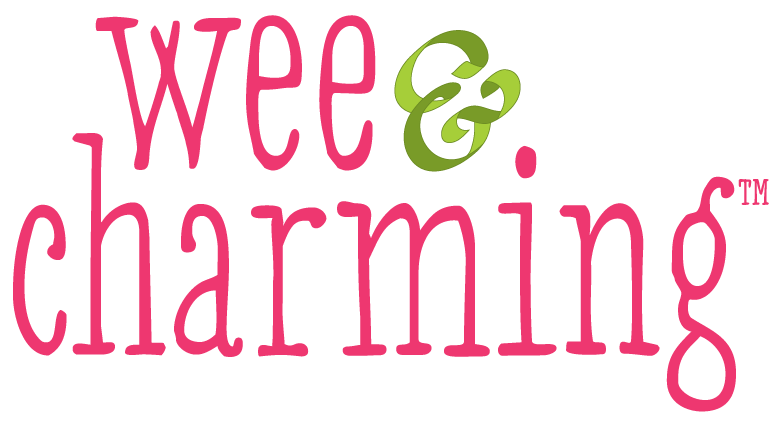Babies are born with a natural reflex to grasp objects. If you remember touching your infant's palm and having his tiny fingers curl around yours, this is that innate ability. The reflex to grasp is typically gone around 5 months, and when your baby is 3 to 4 months old he should be actively opening his hands and trying to grasp things. This is an important milestone because not only does it enable your baby to play but it paves the way in his development for finger feeding, writing, drawing and many other critical skills.
How Does Grasping Develop?
During the first 2 months your baby's hands will mostly be clenched in a fist but as he gains motor control you'll see him start to open and close them on purpose and even begin to take notice of these wonderful tools before his eyes. By the time he's 3 months old his hands should appear looser and more relaxed.
From 3 to 4 months your baby's vision and ability to focus is improving and he is working on his hand-eye coordination. During this phase you should see him reaching for objects and batting at toys. If you place something in baby's hand, he might be able to hold it for a few seconds and attempt to bring it closer to his face (let's be real, his mouth!)

At this point it's a good idea to tackle baby-proofing your home; remove all small and dangerous items that could be a choking hazard or that could injure baby if he accidentally hits himself with it.
By 5 months your baby can pick up larger objects like building blocks and board books and will start passing objects from one hand to another. His increased interest in different sounds will also make shaking noisy toys, like a rattle, extra fun.
Once you introduce solid foods to your baby, around 6 months, a great way to have him practice finger dexterity is to put smaller soft foods, such as peas and cooked carrots, in front of him (then get out your "finger feed" Wee Charm ribbon!) It will be a few more months before he'll be able to hold a baby spoon and feed himself.
How to Encourage Grasping?
The best thing parents can do is interact with your baby using a wide variety of objects in various shapes and sizes. This way he'll be encouraged to grasp smaller items in one hand, larger items with both hands, and develop necessary skills like reaching, opening and closing fingers, and tracking items he's interested in. There are many excellent toys on the market that baby will be keen to grab. Here are just a few favourites that incorporate bright colours, stimulating textures, and different shapes:
1) Baby Activity Gym - check out Bright Starts Enchanted Elephants
2) Grasping Activity Ball - check out Manhattan Toy Skwish Classic
3) Baby Rings and Links - check out Sassy Ring O' Links
4) Wooden Rattles and Shakers - check out Heimess Wooden Rattle
5) Baby Exersaucer - check out Evenflo Mega Splash




Fantastic! Thanks for writing this, very informative. You share good information related to toys for babies.
I have benefited a lot from reading this article, I want more post about that.
Thanks again for this useful guide.reviews and buying a guide on this blog.